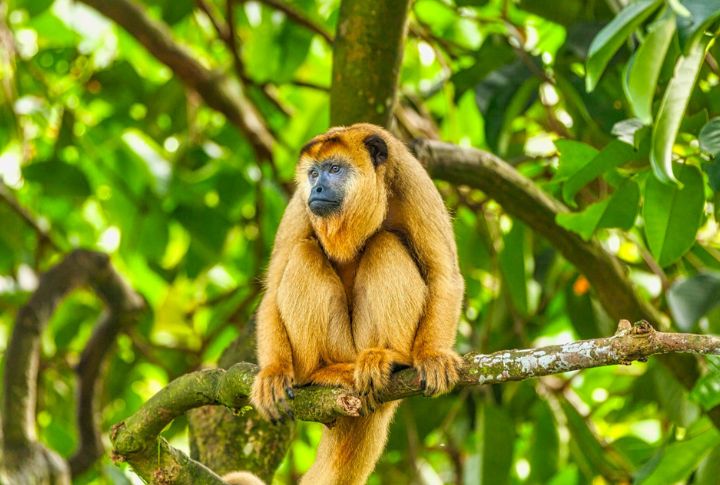
Ever heard the rainforest rumble like a distant thunderstorm? That’s no weather report—it’s a howler monkey making itself known. These monkeys aren’t just loud for fun. Their record-breaking roars come from fascinating adaptations shaped by survival, competition, and jungle life. So, keep reading to explore the natural tweaks that fuel their world-famous sound.
Enlarged Hyoid Bone
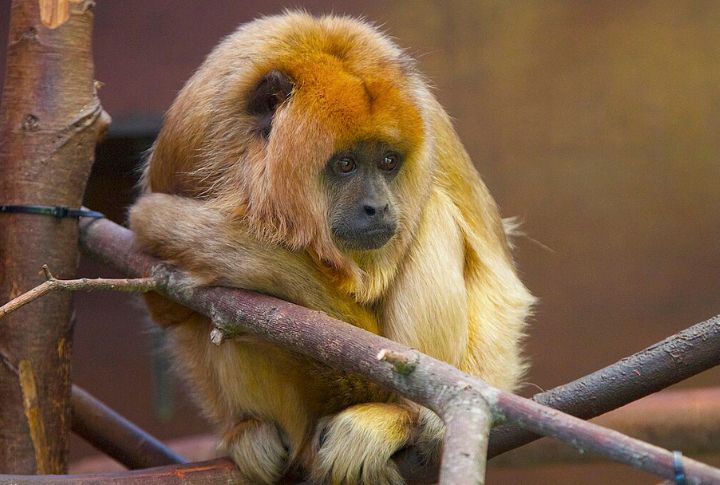
A massively enlarged hyoid bone in the throat acts like a resonating chamber for howler monkeys. This bony structure amplifies the animals’ calls, giving them deep, guttural tones that carry over long distances. Males have especially large hyoids to facilitate vocal competition. Some hyoids can measure up to 7 cm in length, contributing to their record-setting volume.
Specialized Vocal Cords
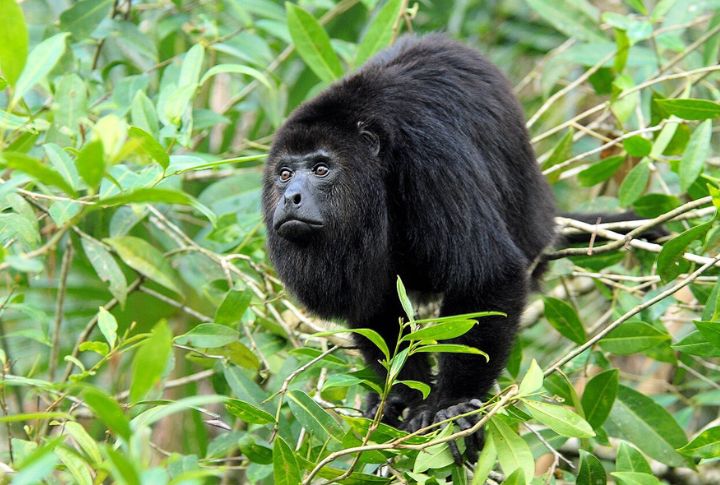
These primates have thick, long vocal cords that are uniquely positioned within the larynx. When air passes through, the cords vibrate powerfully, boosting their volume. This arrangement enables howlers to produce a deeper sound than most other primates. Additionally, their specialized vocal anatomy helps them dominate the soundscapes of the rainforest.
Social Structure And Territory Defense
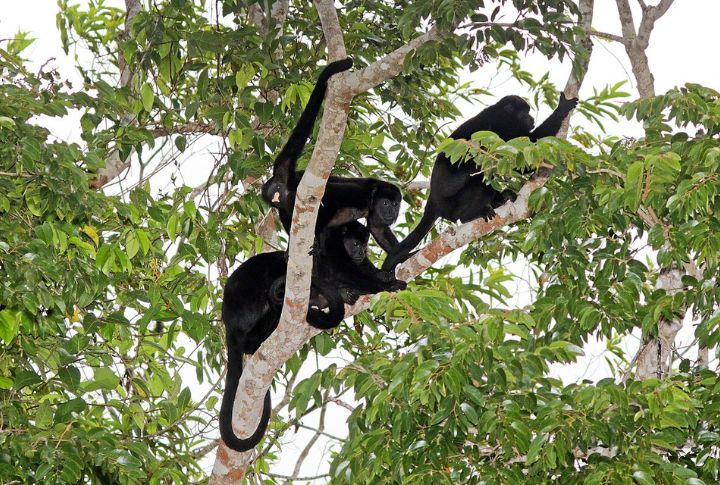
Howler monkeys primarily use loud calls to defend their territory rather than to locate one another. A male’s roar can influence an area within their home range, which may span up to 25 acres. Early morning and dusk choruses warn rival troops to stay away. They are key in dense forests where visual contact is limited.
Sexual Selection And Female Preference
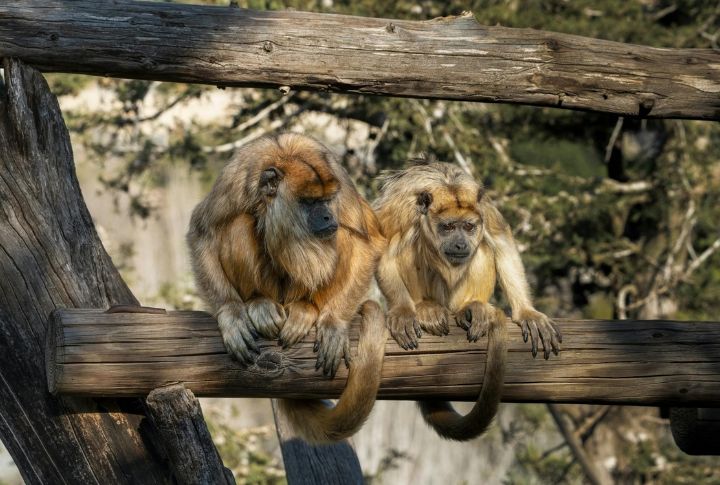
Female howler monkeys prefer mates with the deepest, most resonant roars—a cue for physical health and genetic quality. Louder calls, amplified by large hyoid bones, often signal a male’s overall fitness. Over time, this has shaped the species’ vocal anatomy through female-driven evolutionary pressure.
Dense Forest Habitat
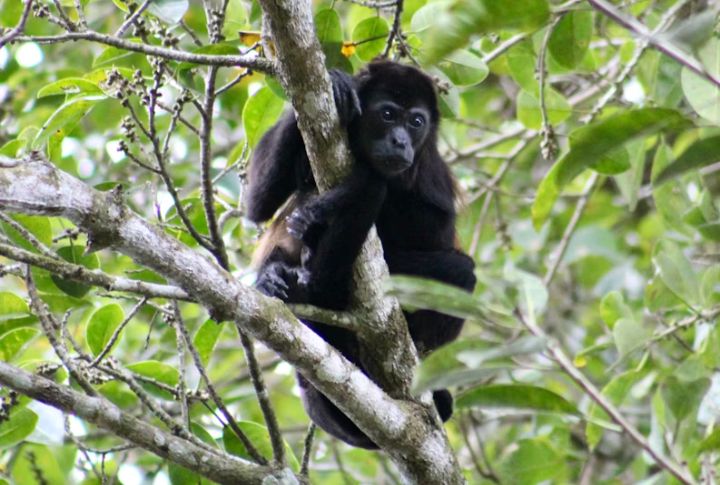
Living in thick canopies where sightlines are limited, howler monkeys depend heavily on sound to communicate. Their vocalizations are designed to cut through layers of vegetation. The environment naturally favors louder calls that can travel without distortion. This acoustic adaptation allows howlers to maintain contact over distances of up to 3 miles.
Energetically Efficient Communication

Roaring is more energy-efficient for howler monkeys than traveling to confront rivals or gather troops. A single call can replace hours of movement through difficult terrain. Its efficiency is vital, as howlers have a low-energy leaf-based diet. Also, the animals’ ability to conserve calories while asserting dominance gives them an evolutionary edge.
Early Vocal Development
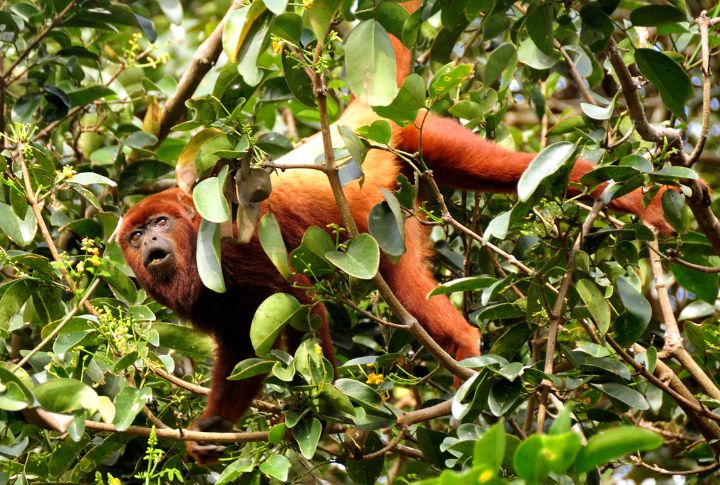
Howler monkeys begin developing their vocal skills early in life. Juveniles typically practice softer calls that gradually become stronger as their hyoid bones grow and vocal cords mature. This early start ensures that adult males are vocally competitive by the time they reach sexual maturity. By the age of three or four, males can already produce impressive calls.
Vocal Arms Race Among Rival Males
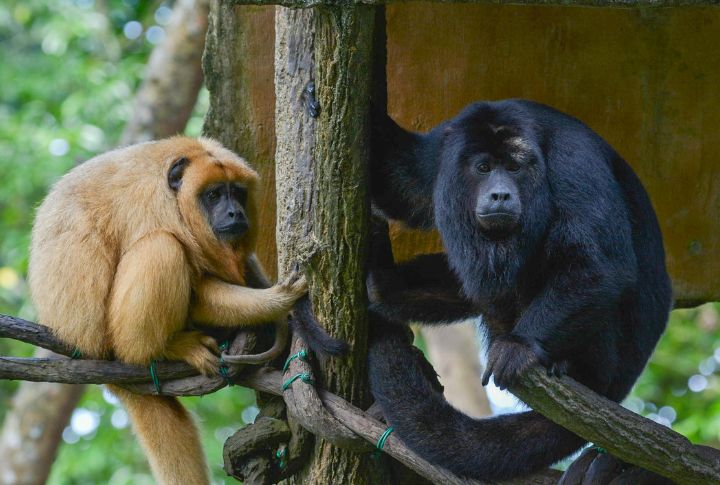
Beyond attracting mates, roaring plays a vital role in male-on-male competition. Males continuously escalate the power and depth of calls to assert dominance, defend harems, and intimidate rivals. This ongoing acoustic showdown has driven the evolution of ever-larger vocal structures in competing males.
Group Synchronization

Shouting in unison allows groups to stay coordinated while foraging or moving through the canopy. These calls are often synchronized, creating a wall of sound that deters rivals and predators. The timing and rhythm of these roars are learned behaviors. Some groups can maintain vocal sync for extended periods, although exact durations are undocumented.
Acoustic Dominance Over Competitors
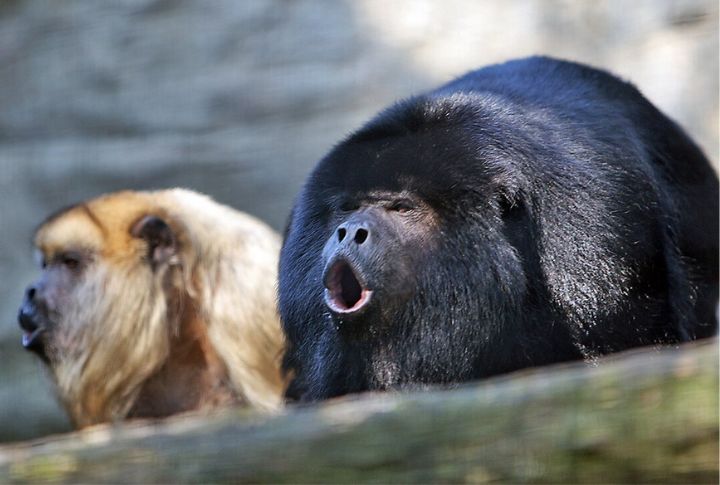
Howler monkeys often dominate the soundscape in habitats shared with other vocal animals. Their calls are louder and lower in frequency, drowning out the sounds of birds and other primates. This dominance helps maintain a dominant presence across overlapping territories. In regions like the Amazon, the primates’ vocal power overshadows competing species during peak calling hours.

